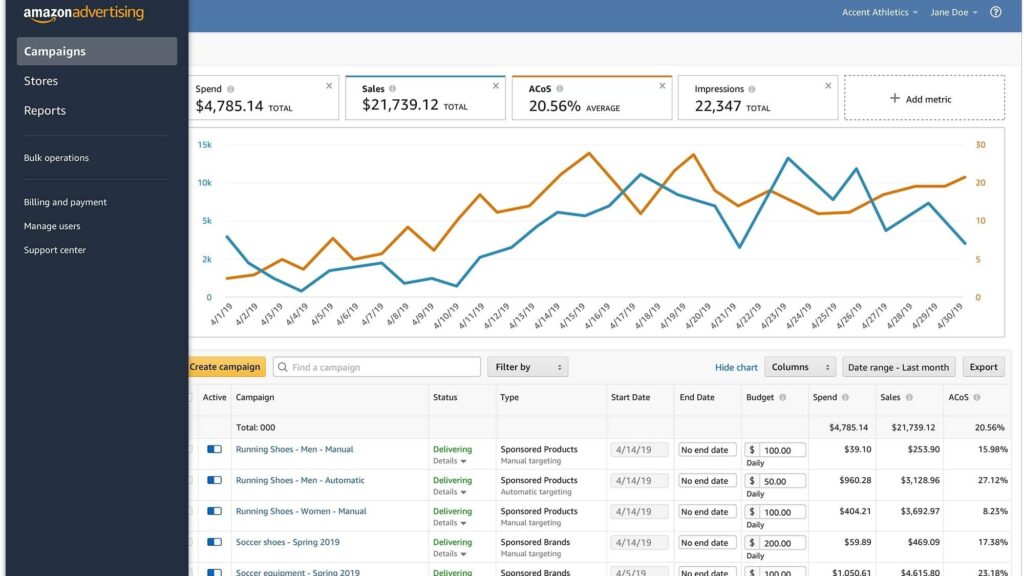Sellers are often overwhelmed by the complexities of online sales. Of all the platforms, Amazon is particularly dominant because it has the largest customer base and the most extensive reach. But selling on a platform like this is more than just listing products. This means the devil is in the details—or, in this case, in the analytics, and the nuances of how they work together are critical to success. Sellers require insights into performance, customer behavior, market trends, and so on, for which these tools are useful.
Why Analytics Matters
Amazon analytics tools for sellers provide them with valuable insights into consumer preferences and purchasing behavior. Sellers will use these insights to make educated decisions about product upgrades and marketing strategies — improving product offerings in the process. The appropriate analytics tool will enable sellers to detect the products with the highest demand, view whether specifics need rewriting or other forms, or even discover what products will generate more sales. These tools differentiate between a guess and success, as they allow you to see the competition as clearly as possible for the opportunities you could be missing.

Data Visualization
Among all the advantages of analytics tools, data visualization is one of the most useful. With this feature, complex data sets can be translated into easily digestible charts and graphs. Sellers can understand trends, get insights, and make data-driven decisions in no time. Charts, graphs, and other visual representations of the data provide a more thorough understanding of sales performance, customer demographics, and inventory levels. Having this clarity helps with strategizing and planning for the next steps.
Sales Tracking
Sales tracking is one of the most crucial aspects of any analytics tool. Tracking sales performance over time helps sellers identify when their highest audiences tended to buy, which products were popular, and if they gained momentum. This feature will help sellers find the best-selling items, and then they can spend more money on them. Sales tracking also helps to identify those who are not performing well and to take corrective measures at the right time.
Customer Insights
Customer behavior is the first thing that any seller must understand. These analytics tools provide important information about buying behavior, preferences, and feedback on how your product was received. With this data, sellers can customize their offers, ensuring customer satisfaction and loyalty. Merchants can fine-tune their stock to ensure it’s in demand and provide what shoppers expect to find.
Inventory Management
Good inventory management keeps products in stock while avoiding excessive overstock. Analytics solutions that come with inventory management capabilities provide historical stock levels. This functionality helps to eliminate chances of stockouts while minimizing excess inventory and achieving supply chain optimization. As for the sellers, they enjoy the benefits of operational efficiency, lower operational expenses, and higher customer satisfaction by ensuring timely order fulfillment.
Competitor Analysis
Understanding the strategies of the competition is key to getting the edge. Competitor analysis analytics tools are for sellers to keep track of rivals’ pricing, promotions, and product offerings. This notifies sellers, and they can change their strategy accordingly to remain competitive in the market. Sellers can look for gaps that need to be filled and become opportunistic.
Enhanced Reporting
Full-blown reporting gives sellers insight into different areas of their business. Tools for advanced analytics provide personalized reports on sales, customer behavior, and inventory. Sellers can customize reports according to their needs while addressing the focus area that needs attention. These reports enable strategic planning and empower sellers to plan their growth organically or through acquisition effectively.
Choosing the Right Tool
Picking the right analytics tool completely depends on how it suits a business. When analyzing the tools, sellers must consider their features, ease of use, and ability to integrate with the systems already being used. With intuitive GUIs, widespread documentation, and support, the transition is seamless, and you will leverage analytics effectively. Plus, it should be expandable since business has a tendency to grow and needs vary.
Implementing Analytics for Success
A strategic effort in implementing analytics tools is the secret to success. First, sellers need to determine what measures to follow to gauge success. Sellers will benefit from regularly reviewing their analytics data to remain up-to-date and reactive to ongoing changes in the ever-evolving market. Team collaboration secures common goals that make analytics pull the highest weight in determining business directions.
Conclusion
Those analytics tools form the bedrock for sellers looking to succeed in digital commerce. With insights into sales, customer behavior, and competitors, these tools ensure that sellers know how to succeed. Highlighting functionalities like data visualization, sales tracking, and customer insights enables sellers to make data-driven decisions. Amid the changing dynamics of e-commerce, it is imperative for those who want to stay afloat to embrace powerful analytics tools.


